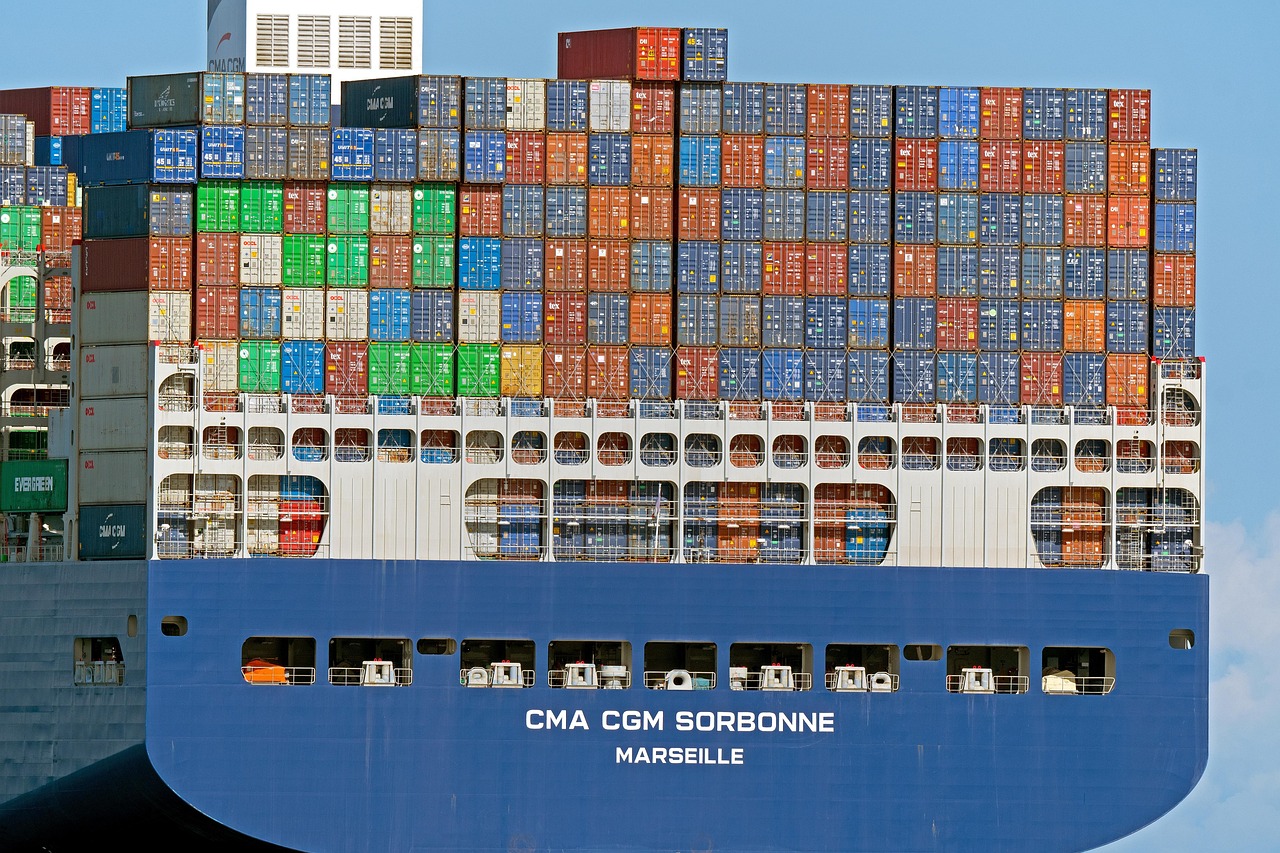
Global trade is no longer linear. Supply chains span continents, involve thousands of counterparties, and face risks from every direction: wars and sanctions, climate events, cyberattacks, financial volatility, and shifting regulations. The COVID-19 pandemic and the Russia–Ukraine conflict were stark reminders that trade disruptions can trigger both corporate losses and national security concerns.
For decades, “risk management” in trade meant hedging currencies, insuring shipments, or complying with customs paperwork. Today, those measures are insufficient. Trade risk has become a strategic issue, one that can erode shareholder value or destabilize critical national industries if left unmanaged.
The Hard Questions Leaders Should Be Asking
Executives and regulators now face new challenges:
- Do we truly know our supply chain? Most organizations have visibility only to their first or second-tier suppliers. Hidden dependencies are where disruption strikes hardest.
- How early can we detect threats? Is our risk detection lagging behind events, or are we positioned to anticipate disruptions days or weeks in advance?
- Are we balancing resilience with cost and sustainability? The push for near-shoring, ESG compliance, and carbon reduction adds complexity that traditional models cannot reconcile.
- What happens when the next shock hits? Will our systems adapt dynamically, or will we repeat the same scramble experienced during the pandemic?
These are not questions that a single piece of software can answer. They require a fusion of technology, governance, and strategic foresight.
Where AI and ML Change the Game
Artificial intelligence and machine learning are reshaping how trade risks are understood and managed. Beyond buzzwords, they enable three breakthroughs that matter:
- From Static to Living Maps: AI-driven mapping transforms supply chains from black boxes into dynamic networks, exposing hidden suppliers, ownership links, and compliance risks.
- From Reaction to Prediction: Machine learning models trained on vast datasets can forecast disruptions—from hurricanes to supplier bankruptcies—before they occur, giving decision-makers precious lead time.
- From Information to Insight: Generative AI can synthesize fragmented data, simulate thousands of “what if” scenarios, and present leaders with decision-ready insights instead of raw noise.
Case studies show the potential: global manufacturers using AI to avoid hundreds of millions in losses, governments deploying AI platforms to safeguard critical defense supply chains, and logistics leaders running digital twin simulations to keep goods flowing during crises.
But here’s the catch: AI is only as good as the governance, strategy, and integration behind it. Many firms are investing in tools without the frameworks to make them effective.
The LAMAH Perspective
At LAMAH Intelligent Solutions, we believe trade risk management is entering a new era—one where resilience is not the goal, but the baseline. The real opportunity lies in turning risk into advantage:
- Using risk visibility to negotiate better terms with suppliers.
- Embedding AI-driven scenarios into board-level strategy.
- Balancing agility with compliance to win trust from regulators and investors.
- Transforming fragmented data into enterprise-wide intelligence.
We do not start with the tools; we start with the questions. Our role is to help clients cut through complexity, align trade risk management with corporate and national objectives, and design operating models where AI and human judgment reinforce each other.
Closing Thought
The future of trade will be defined not by avoiding disruption but by mastering it. For leaders, the challenge is no longer whether to adopt AI in trade risk management, but how fast and how well.
So, the real question is: Are you ready to move beyond resilience and make trade risk management your strategic advantage?
=======================================================================
Disclaimer:
The views and information expressed in this article are provided for general informational and educational purposes only and do not constitute professional, legal, financial, or investment advice. LAMAH Intelligent Solutions and the author(s) make no representations or warranties as to the accuracy, completeness, or suitability of the information contained herein and accept no liability for any loss or damage arising from reliance on it. Readers are advised to seek independent professional advice before making any decisions based on this content.



